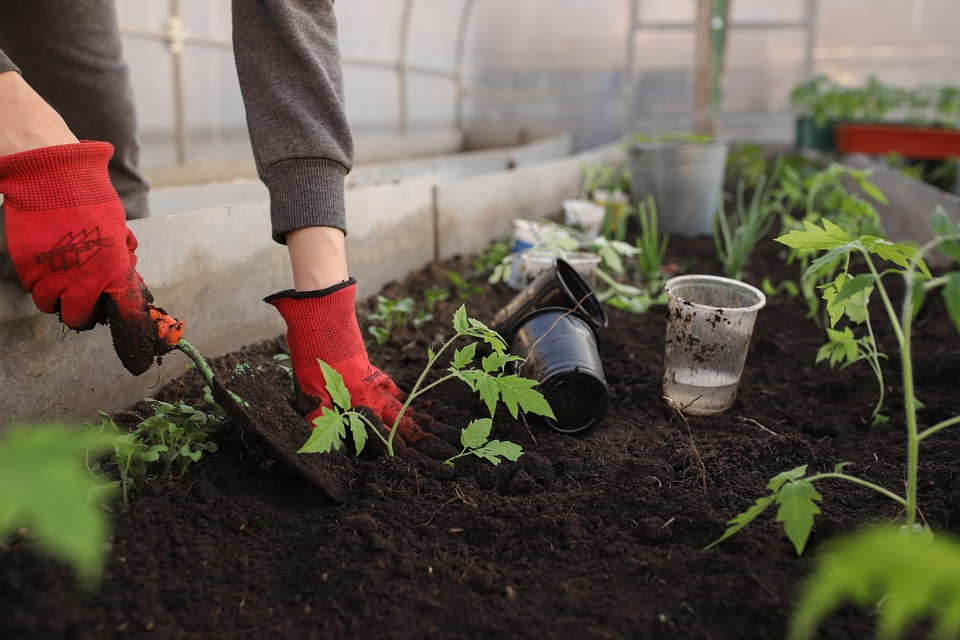Greenhouse gardening is an excellent way to extend your growing season and create optimal conditions for plants to thrive. With a controlled environment, you can grow a wide variety of plants all year round, regardless of the external weather conditions. However, mastering greenhouse gardening requires understanding the unique challenges and techniques involved. In this article, we will provide you with top tips to help you achieve success in your greenhouse garden.
One of the critical aspects of greenhouse gardening is maintaining the right temperature. Most plants require a specific temperature range, so investing in a thermometer and a heater or cooling system is crucial. You should also consider proper ventilation to prevent overheating during hot summer months. This can be achieved through vents, fans, or automated systems to regulate airflow.
Plants in the greenhouse need an adequate amount of light for photosynthesis. Positioning your greenhouse in an area with maximum sunlight exposure is ideal. However, sometimes excess sunlight can harm delicate plants. Introduce shade cloth or apply shading paint on the greenhouse roof to reduce excessive sunlight during intense summer days. It allows plants to thrive without getting scorched by the sun.
Proper watering is key to successful greenhouse gardening. Overwatering or underwatering can lead to plant stress or diseases. The best approach is to water your plants thoroughly but infrequently, ensuring the soil doesn’t stay too wet or too dry. Additionally, maintaining humidity levels is essential, especially for tropical plants. Utilize misters, humidifiers, or a water source like a tray filled with pebbles to increase humidity levels inside the greenhouse.
Choosing the right soil composition is vital for your greenhouse plants. Opt for well-draining, nutrient-rich soil that retains moisture without becoming waterlogged. Regularly test your soil’s pH levels and amend it as necessary to maintain a healthy growing environment. Furthermore, a consistent fertilization schedule is necessary to provide plants with the nutrients they need. Use organic or slow-release fertilizers to ensure steady growth without the risk of burning the plants.
Greenhouse environments can attract pests and diseases more easily due to the enclosed space. Regularly inspect your plants for any signs of pests or diseases and take immediate action to prevent their spread. Implement preventive measures such as screen doors, sticky traps, or natural insecticides to keep pests at bay. Maintaining good air circulation and cleanliness also aids in preventing disease outbreaks within the greenhouse.
Practicing crop rotation is essential for maintaining the health of your plants and preventing the buildup of pests and diseases. Avoid growing the same plants in the same location year after year. Instead, rotate your crops to different areas within the greenhouse. This breaks the lifecycle of pests and diseases that may be specific to certain plants and promotes overall plant health.
FAQs Section
The frequency of watering depends on various factors such as plant type, temperature, and humidity levels. As a general guideline, water your plants thoroughly when the top inch of soil feels dry. Avoid overwatering, which can lead to root rot.
Temperature control can be achieved through proper insulation, shading, ventilation, and the use of heaters or cooling systems. Monitor the temperature regularly and make adjustments accordingly to maintain the optimal range for your specific plants.
If pests invade your greenhouse, there are several steps you can take. Start by manually removing any visible pests from the plants. Then, introduce natural predators like ladybugs or use organic insecticides to control the pest population. Regularly inspect your plants and take swift action to prevent the pests from causing extensive damage.
Absolutely! Greenhouses provide an ideal environment for growing vegetables, extending their growing season and protecting them from harsh weather conditions. With proper care and attention to temperature, light, and soil quality, you can successfully grow a variety of vegetables in your greenhouse.
Regular cleaning is essential to maintain a healthy greenhouse environment. Remove any debris, fallen leaves, and weed regularly to prevent the buildup of pests, diseases, and blocked drainage. Conduct a thorough cleaning at least once a year to eliminate any lingering pathogens.




